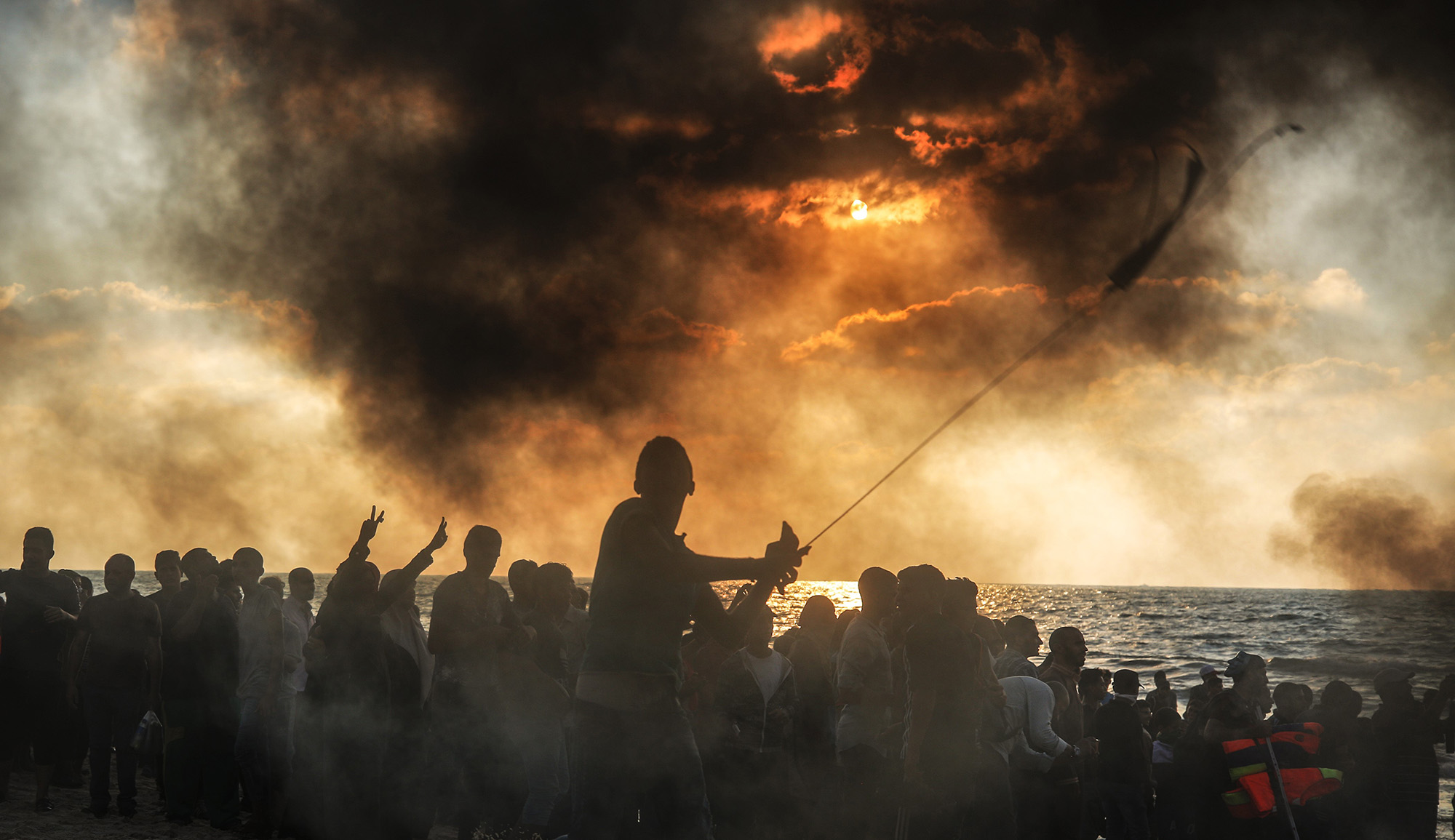The Volstead Act of 1919 forbade the manufacture and sale of alcohol, but carved out special exceptions for Jews and Catholics who use wine for sacramental purposes. As Alice Kassens writes, this provision had some unintended consequences:
Given that Jews conduct some ceremonies in the home, rabbis served as middlemen for their congregations, submitting a list of their congregations’ membership to Prohibition officials in exchange for permits for their members to purchase ten gallons of wine per year from authorized dealers. This workaround led, perhaps unsurprisingly, to a rapid expansion in Jewish congregations and the number of rabbis.
In some states, a person needed only ten signatures to a petition attesting that he was a rabbi in order to get a rabbinical license from the secretary of state. License in hand, the only obstacle to the wine permits was a list of congregation members. Fake rabbis took names from city directories, phone books, and other public listings to create congregations.
According to a Sept. 9, 1922 article in the San Francisco Examiner, . . . Irish, Swedish, Scottish, and Greek residents of San Francisco were getting monthly supplies of sacramental wine “under the names of Goldstein, Blumberg, Silverstein, Levinsky and other adopted Jewish cognomens.”
Banning booze did not halt its demand, and thus offered ample opportunity to intemperate spirits. . . . One former junk dealer from Denver made more than $100,000 in profits by selling wine under a permit issued by the government—nearly $1.5 million in 2019 dollars. Fake rabbis often sold permits to restaurants for $200 to $500 ($3,000 to $7,500 today) apiece.
Read more at Jewish Telegraphic Agency
More about: Alcohol, American Jewish History, Wine


